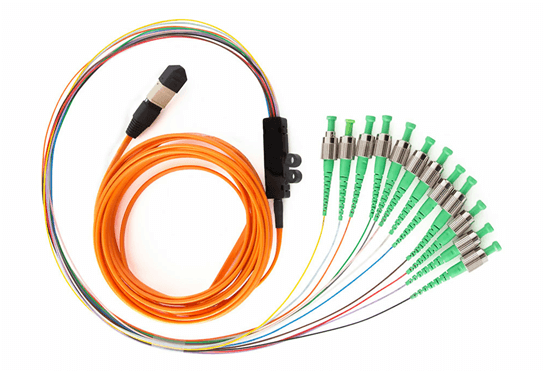MPO cable is the recent invention that is replacing previously used fiber optic cables. The development of this cable was necessary because fiber optic cables not only occupied much space but also couldn’t support the high demand for current work networking.
On the other hand, MPO/MTP provides multi-fiber connectivity hence the name multi-fiber push-on. These cables are designed to support complex applications and higher bandwidth. So, ensure you upgrade your network along other companies to experience a wide range of advantages that come with using MPO cable. Get a high-end quality MPO trunk cable among others from vendors like https://www.fsgnetworks.com/. Below are must check features when buying MPO cables.
- Connector type
What would you choose between MPO type a vs. type b?
Well, MPO types are typically three, but the most common is the MPO 12 straight.
This cable contains 12 fibers, each with a different color. If your area of
application requires a higher density connector, you can buy an MPO cable carrying several rows
of 12 fibers.
Type “b” MPO is where the position of
fiber color one is taken by fiber color 12. The third type is called twisted
pair. Type “a” MPO cable
is where the fiber on position one arrives on the other end on the same number.

On the other hand, type “b” is where the
fiber on position one comes on the other end in position 12. Type “c” cable is
where the fiber on position 1 arrives when in position 2 and 2, 1.
All the types of the connector get the
job done but, ask your vendor the specifications of each connector and the
infrastructure it can work in best.
- Male
and female connectors
(There is no better way to say this)
But, MPO connectors can either be male (with pin) or female (with hole). The
male and female have to be connected to avoid damages a situation that is
highly likely when using single fiber connectors. Connecting MTP female with the male
ensures continuity along with aligning the fibers from both excellently.

- Color
coding
Another feature to identify is
color-coding. A color is assigned to an MPO cable depending on the specifications and its type. Single-mode
multi-fiber cable has a yellow color while the multimode multi-fiber has a
jacket color of aqua (OM3), purple (OM4) with a flat ferrule. Similarly, ask
the manufacturer about the specifications and applications of each of these
colored cables.
- Connector
key
The key ensures that the connector can
only be inserted into the transceiver port or MPO adapter in one way. When the
key connector is in place it allows the sequence of fiber to run from 1 to 12.
If the cable carries several rows of 12 strands, the series will continue from
position 13 -24 and so forth.

Point
to take home
Imagine replacing 12 traditional fiber
optic cable with one high-density MPO cable. Indeed, you don’t have an excuse for crowding your
server room, mainly because it’s challenging during maintenance. The
installation, neatness, reduced labor cost and time are some of the reasons you
should consider investing in MTP
types of cables.


